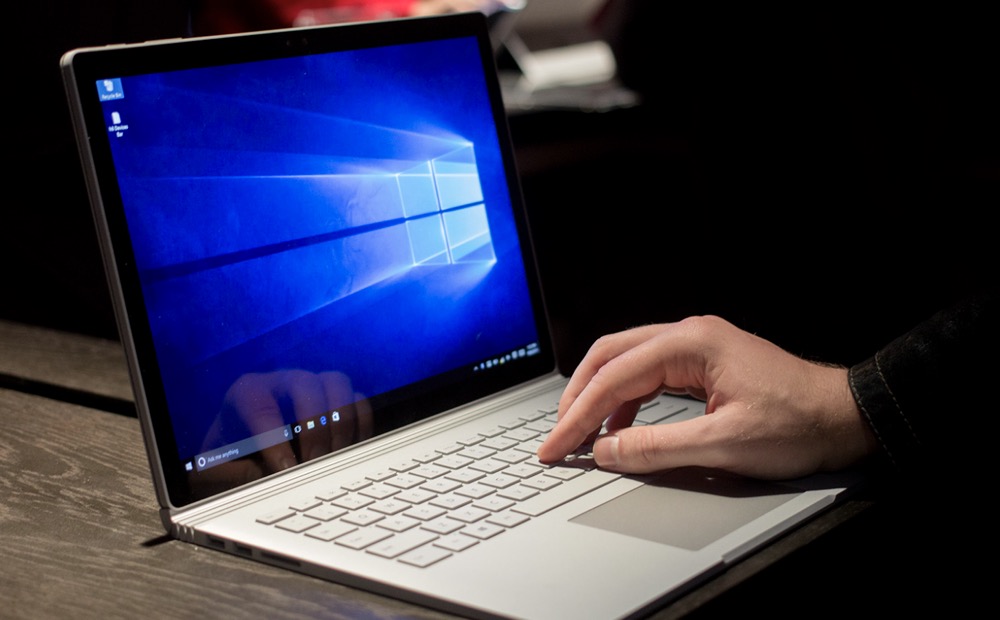Windows Explorer, also known as the Windows Shell, is the graphical user interface (GUI) that renders the Windows Explorer file manager, desktop icons, taskbar, task switcher, and a few other elements.. When Windows Explorer becomes unresponsive and freezes, it's often necessary to restart it—aside from waiting it out, which will often not work. While restarting your computer will restart Explorer, a faster, more efficient method exists which consists of restarting the process.
Windows 10 and 8
Open the Task Manager
Since the taskbar is likely to be frozen along with Windows Explorer, pressing Ctrl+⇧ Shift+Esc will also open the Task Manager.
Switch to the detailed view, if in the simplified view.
Click the “More details” button at the bottom-left, which will expand the window and allow you to view your active processes.
Click the “Name” column heading.
Doing so will organize the content in the window and allow you to find the Windows Explorer process easier.
Scroll down to the “Windows processes” section at the bottom of the list.
Click the “Windows Explorer” process listing.
It’ll have a small file folder icon next to it.
Restart Windows Explorer.
Click the Restart button at the bottom-right corner of the Task Manager window. Doing so will end the process and begin another instance of it.
- Alternatively, right-click the listing and click .
Windows 7, Vista, and XP
Open the Task Manager
Since the taskbar is likely to be frozen along with Windows Explorer, pressing Ctrl+⇧ Shift+Esc will also open the Task Manager.
Click the Processes tab.
Click the “Image Name” column heading.
so will order the processes from A-Z and allow you to find the Windows Explorer process easier.
Click the “explorer.exe” process listing.
End the Windows Explorer process.
Click the End Process button at the bottom-right corner of the Task Manager window. The Windows Shell and any open Windows Explorer windows will disappear.
Click the “File” menu in the top bar.
Click New Task (Run…).
Doing so will open a Run window.
Run Windows Explorer.
Type explorer and click OK or hit the ↵ Enter key. The Windows Shell GUI will return, although any previously-closed Windows Explorer windows will not be re-opened.
Tips
- Use “Exit Explorer”.
By OS version:In Windows 10 and 8: Press Ctrl+⇧ Shift while clicking an empty taskbar space. Click Exit Explorer.
In Windows 7: Open the Start menu, press Ctrl+⇧ Shift while clicking an empty Start menu space.Note: Windows Explorer will end and should restart in a minute or two after executing this. If it doesn’t, open the Task Manager, click the “File” menu, type explorer, then click OK or hit ↵ Enter.
- The Windows 7, Vista, and XP method can be used with Windows 10 and 8, but you’ll need to end the Windows Explorer task by right-clicking the listing and clicking End task.
Warnings
- If Windows Explorer is closed and not re-opened, any keyboard shortcuts using the ⊞ Win key will not function until Windows Explorer is restarted.
